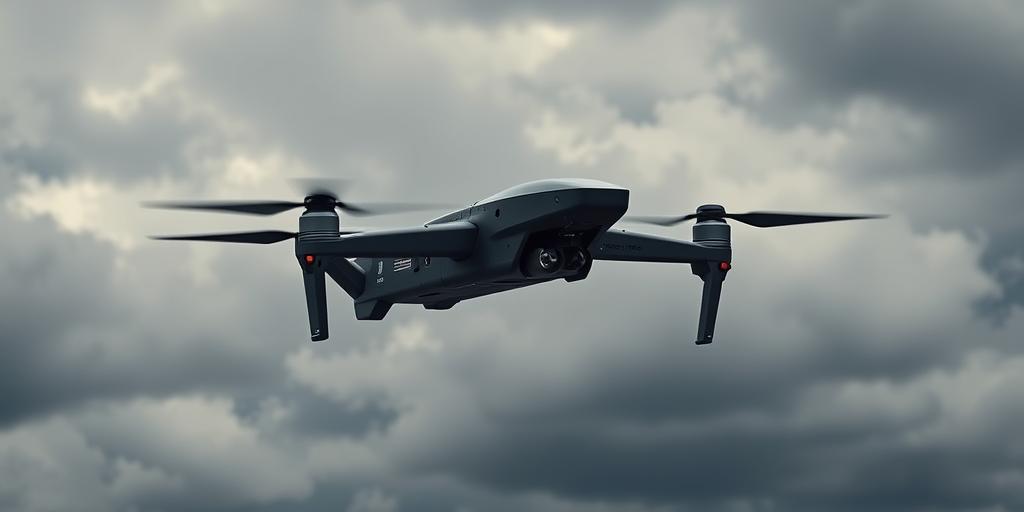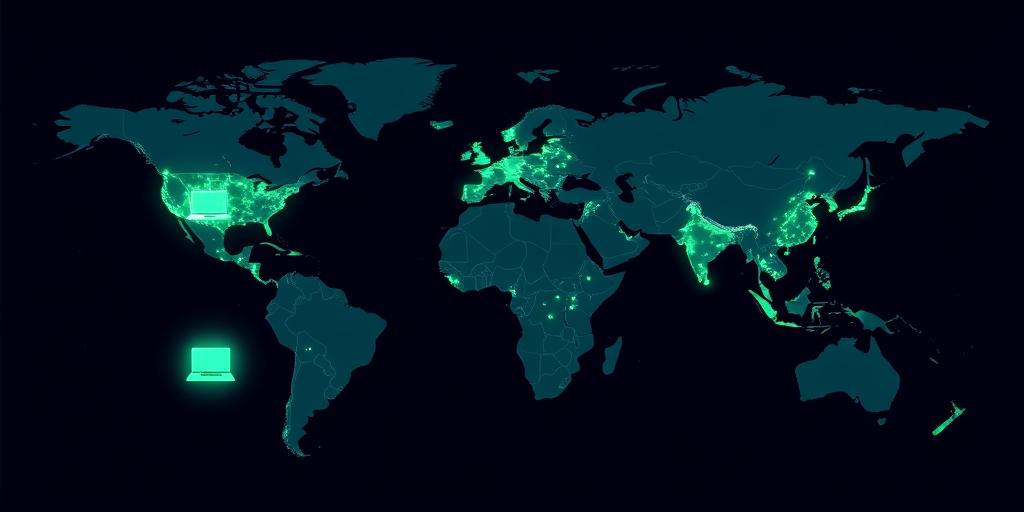
The Use of Drones in Modern Warfare
The Use of Drones in Modern Warfare
The modern battlefield has undergone a significant transformation with the integration of unmanned aerial vehicles (UAVs), commonly known as drones. These versatile machines have redefined military strategies, intelligence gathering, and combat operations. This article delves into the multifaceted applications of drones in modern warfare, exploring their advantages, challenges, and ethical considerations.
Intelligence, Surveillance, and Reconnaissance (ISR)
One of the primary uses of drones in modern warfare is intelligence, surveillance, and reconnaissance. Equipped with high-resolution cameras, thermal sensors, and radar systems, drones provide real-time imagery and data collection capabilities. They can loiter over areas of interest, monitor enemy movements, and identify potential threats. This information is crucial for situational awareness and strategic decision-making.
- Real-time Monitoring: Drones can continuously monitor specific locations, providing up-to-date information on enemy activities.
- Target Identification: They can identify and track high-value targets, such as enemy commanders or key infrastructure.
- Border Patrol: Drones are used to patrol borders, detect illegal activities, and enhance security.
Targeted Strikes
Drones have become synonymous with targeted strikes due to their precision and ability to minimize collateral damage compared to traditional airstrikes. Equipped with precision-guided missiles and bombs, drones can engage specific targets with accuracy. This capability is particularly useful in asymmetric warfare scenarios where identifying and neutralizing individual combatants is crucial.
- Precision Engagement: Drones can strike targets with minimal risk to friendly forces and civilians.
- Reduced Collateral Damage: Advanced targeting systems help minimize unintended harm to non-combatants.
- Rapid Response: Drones can quickly respond to emerging threats and engage targets in a timely manner.
Communication and Logistics
Beyond ISR and targeted strikes, drones play a vital role in communication and logistics. They can serve as aerial communication relays, extending the range of radio signals and facilitating communication between dispersed units. Additionally, drones can be used to transport supplies, equipment, and medical aid to remote or inaccessible locations.
- Communication Relay: Drones can act as airborne repeaters, enhancing communication in areas with limited infrastructure.
- Supply Delivery: They can deliver essential supplies to troops in the field, reducing reliance on traditional ground transport.
- Medical Evacuation: Drones can be equipped to transport medical supplies or even evacuate injured personnel from dangerous zones.
Challenges and Ethical Considerations
Despite their advantages, the use of drones in modern warfare raises several challenges and ethical considerations. One concern is the potential for civilian casualties due to errors in targeting or unforeseen circumstances. The psychological impact on both combatants and civilians is another area of concern. Additionally, the proliferation of drone technology raises questions about accountability, transparency, and international law.
- Civilian Casualties: Ensuring accurate targeting and minimizing collateral damage remains a significant challenge.
- Psychological Impact: The constant presence of drones overhead can create fear and anxiety among civilians.
- Accountability and Transparency: Establishing clear lines of responsibility and ensuring transparency in drone operations is essential.
The Future of Drones in Warfare
As technology continues to advance, the role of drones in modern warfare is likely to expand further. Advancements in artificial intelligence, autonomy, and sensor technology will enhance their capabilities and enable them to perform more complex tasks. Swarms of drones could coordinate attacks, conduct reconnaissance missions, and provide persistent surveillance over vast areas.
- AI-Powered Drones: Integration of artificial intelligence will enable drones to make autonomous decisions and adapt to changing circumstances.
- Drone Swarms: Coordinated swarms of drones could overwhelm enemy defenses and conduct synchronized attacks.
- Counter-Drone Technology: Development of technologies to detect, track, and neutralize enemy drones will become increasingly important.
Conclusion
Drones have become an integral part of modern warfare, transforming military operations and strategies. From intelligence gathering to targeted strikes and logistical support, drones offer unique capabilities that enhance situational awareness, precision, and efficiency. However, their use also raises significant ethical and legal considerations that must be addressed to ensure responsible and accountable employment. As technology evolves, the role of drones in warfare will continue to evolve, shaping the future of conflict and security.






